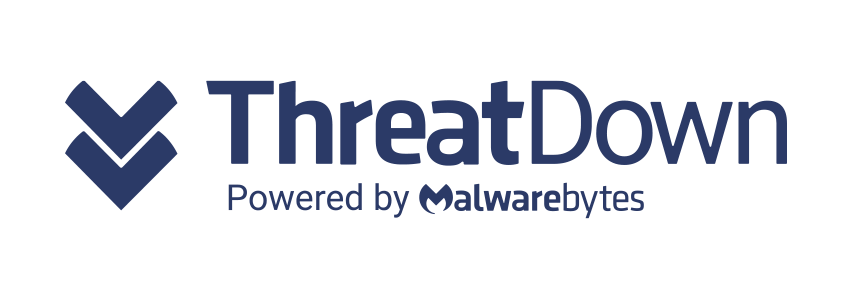You are a successful business, but what are your aims for data classification? A simple classification solution might tick the boxes, but should your approach really be just a simple tick-box exercise? Our approach sees classification moulded to your business, seamlessly integrating with pre-existing organisational security processes, and crucially, with the way your users work.
You already know that a large percentage of your data is highly sensitive, whether it be HR or Finance specific. So is just one protective label going to be sufficient to protect all that data across the board? Let’s look at some examples where simple document tagging can result in an incorrect classification…
On the surface, a small regional sales report may look very similar to the company’s global sales report. However, the two reports will include different information, produced for different people within the business, and therefore, should not be classified with the same label. Pre-release accounts may look the same as post-release day accounts, and the HR master payroll file could look like an individual annual salary review.
So how do you get real value from a classification solution? Questions such as:
- who can see the document,
- how is it stored, and
- when should it be deleted, must all be considered.
Let’s strip this back…
Firstly, think, why is it you are implementing a data classification solution?
In choosing to do so, you’ve made the first step in accepting that data classification is going to benefit your organisation in one or more ways.
Secondly, work out what labels your organisation is going to need; as just demonstrated, using only one level of sensitivity is not enough for most organisations to effectively protect their data. A further level of labels allows a user to better classify the document, specifying any special content such as PII, or perhaps even PHI data, and ensures that the information is protected and used correctly.
With Boldon James Classifier, labels can be tailored to appropriate job function and level of seniority, effectively controlling distribution. For example, having a “Management” label easily prevents high-level documents being sent to the whole company without approval.
Ultimately, the users’ needs cannot be forgotten. For example, reducing the number of clicks that a user needs to classify a document is important, which is why Boldon James has introduced intelligent suggested classification. Pop-up prompts asking a few simple questions enables the user to make sure the document is labelled with a more accurate classification, as opposed to a generic label based solely on a machine’s interpretation of the document type.
This makes a comprehensive policy easy to understand and use on a daily basis, ensuring that the data is protected to the correct level. Helping users has been taken further by Boldon James with Business-Centric Classification, allowing a user to identify a specific document type such as ‘Jo Blogs Salary Review’ rather than just ‘Payroll’ for instance.
Download the fact sheet to discover more about Boldon James’ data classification offering, and why simple classification is not a sufficient approach for your enterprise business.




